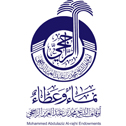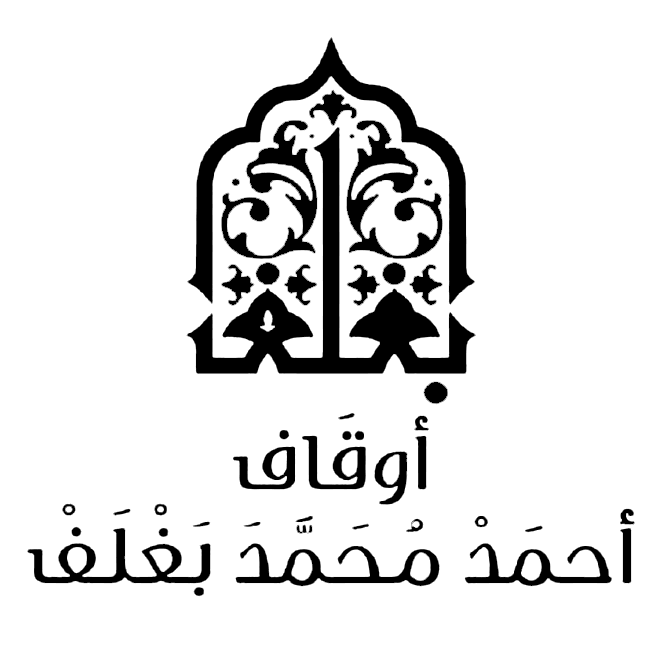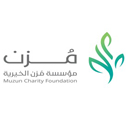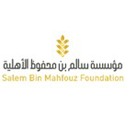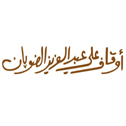It was narrated that Mujahid said: Someone went to Ibn ‘Umar and said to him: The Messenger of Allah (blessings and peace of Allah be upon him) has entered the Kaaba. Ibn ‘Umar said: So I came, and the Prophet (blessings and peace of Allah be upon him) had already come out. I found Bilal standing between the two doors, so I asked Bilal: Did the Prophet (blessings and peace of Allah be upon him) pray inside the Kaaba? He said: Yes, [he prayed] two rak‘ahs between the two pillars to the left when you enter. Then he came out and prayed two rak‘ahs facing the front of the Kaaba. .
Commentary :
The Holy Kaaba is the Ancient House of Allah; it is held in very high esteem by all Muslims. The Prophet (blessings and peace of Allah be upon him) prayed inside it in the year of the conquest of Makkah.
In this hadith, the Tabi‘i Mujahid ibn Jabr narrates that when the Prophet (blessings and peace of Allah be upon him) entered Makkah in 8 AH, he entered the Kaaba and prayed two rak‘ahs. ‘Abdullah ibn ‘Umar was standing outside when someone came to him and told him: The Messenger of Allah (blessings and peace of Allah be upon him) has entered the Kaaba. Ibn ‘Umar came, but he found that the Prophet (blessings and peace of Allah be upon him) had already come out. Bilal was with him, standing at the door. With him inside were Usamah ibn Zayd (may Allah be pleased with him) and ‘Uthman ibn Talhah al-Hajabi (may Allah be pleased with him), as is narrated in al-Sahihayn. Ibn ‘Umar asked Bilal how the Prophet (blessings and peace of Allah be upon him) had prayed inside the Kaaba, and Bilal (may Allah be pleased with him) told him that the Prophet (blessings and peace of Allah be upon him) had prayed two rak‘ahs between the two pillars that were on his left when he entered. These two pillars are the two pillars on which the roof rests. In al-Sahihayn it says: He stood with one pillar on his left, another pillar on his right, and three pillars behind him – at that time, the House was resting on six pillars – then he prayed. Between him and the wall of the Kaaba there were three cubits, as is mentioned in the report of Abu Dawud; that is sufficient distance to stand in prayer, and it is sufficient to prostrate. Then the Prophet (blessings and peace of Allah be upon him) came out and prayed two rak‘ahs facing towards the front of the Kaaba; what is meant by the front of the Kaaba is the door of the House.
We may reconcile between this hadith and the hadith of Ibn ‘Abbas (may Allah be pleased with him) in Sahih al-Bukhari – in which it says that [the Prophet (blessings and peace of Allah be upon him)] entered the House and said takbir whilst walking around inside it, and he did not pray in it – by noting that the affirmation of Bilal takes precedence over the negation of anyone else, because Ibn ‘Abbas was not with the Prophet (blessings and peace of Allah be upon him) on that day; rather he based his negation on what he had heard from Usamah or from his brother al-Fadl. It may be that the Prophet (blessings and peace of Allah be upon him) entered the Kaaba twice, and he prayed on one of these two occasions and not on the other.
This hadith indicates that it is valid to pray inside the Kaaba..

 Bukhari hadiths
Bukhari hadiths
